“Study smarter, not harder” is gaining momentum. This is happening in the busy world of schools. Students want better ways to learn. They want to succeed in their studies. This is because education’s demands are increasing.
I Have Used these tips in my routine, and got great results. So I want to share these 3 secret study tips with you.
In this article, we’ll explore 3 secret study tips to become a topper. They will change how you approach school and help you to score the highest in exams.
Table of Contents
ToggleWhat Does Studying Smarter, not Harder Mean?
Studying “smarter,” instead of “harder,” means focusing on efficient learning methods. That is the main point—not giving a lot of time to studying. It’s all about making the most of your memory and understanding. As little wasted effort as possible should go into it.
Benefits of Studying Smarter
Studying more effectively has advantages beyond succeeding in academic success. By using these top 3 secret study tips you can:
- Improved retention and understanding of material.
- Reduced study time.
- Lower stress levels and increased motivation.
What are The 3 Secret Study Tips to Become a Topper?
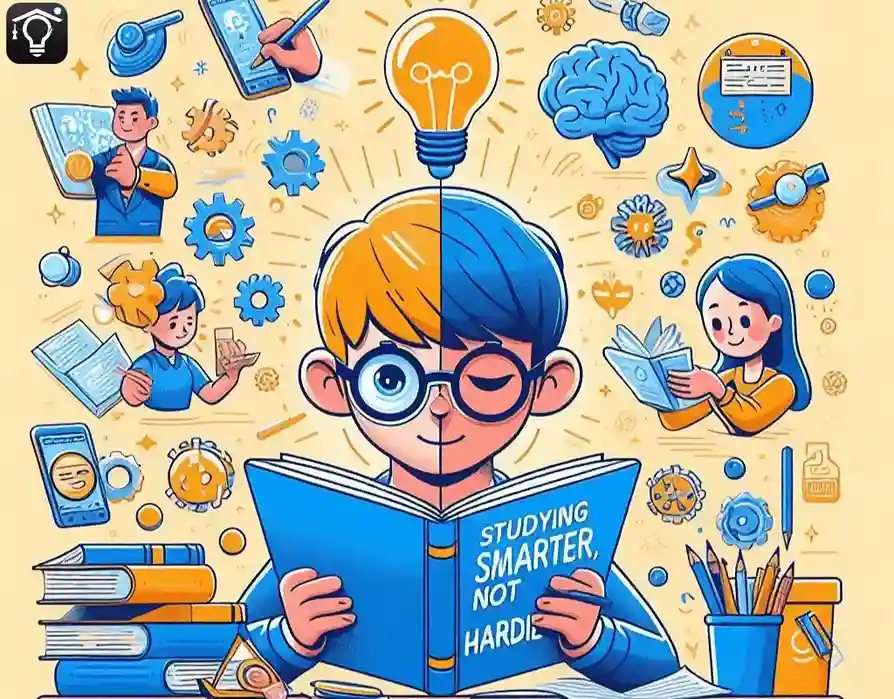
Preparing for exams is always difficult but with effective study techniques, it is very easy. Here are the 3 secret study tips to become a topper and score highest in exams. By implementing these techniques you will become a topper of your class and probably score highest in exams.Here are the tips:
- Become an Active Learner
- The Pomodoro Technique
- Mnemonics And Visual Aids
Tip #1: Become an Active Learner, Not a Passive Re-Reader
Everyone has felt frustrated. They have to read the same textbook passage over and over. They hope it will stick in their minds. But, reading passively isn’t enough. You must learn actively. Do this if you want to fully understand and remember information. Here’s how to do it:
- Summarize complex topics in your own words. This forces you to process the information and find key points. Imagine explaining it to a friend who hasn’t read the material. Write down the main points of a topic you want to study.
- Don’t just read, explain. Teaching a concept, even to an imaginary audience, strengthens your understanding.Teach a concept to your friend, teacher or family members.
- Practice makes perfect: Don’t shy away from practice problems. Analyze solutions thoroughly to identify thought processes and avoid similar mistakes.
Tip #2: The Pomodoro Technique: Your Weapon Against Procrastination
Ever feel paralyzed by a looming deadline? You’re not alone. Procrastination is a student’s arch-nemesis. But there’s a secret weapon to avoid procrastination. The Pomodoro Technique. Here’s how it works:
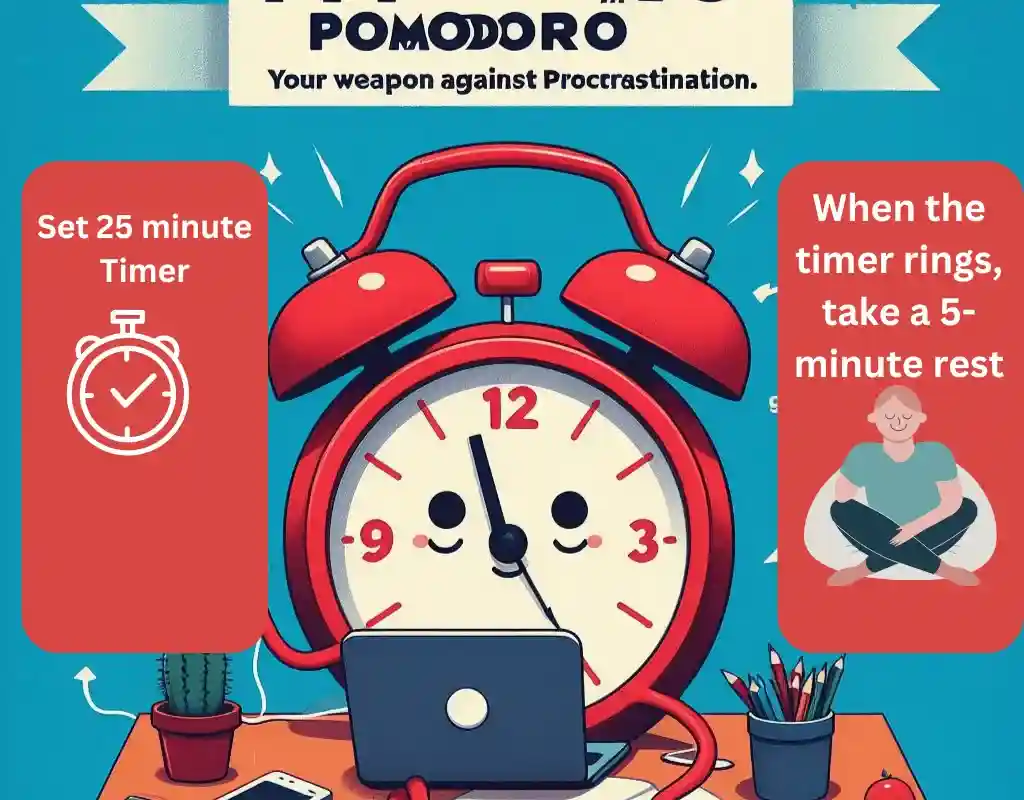
- Set a 25-minute timer (a Pomodoro). Focus only on studying. Cut distractions, like phones and social media.
- When the timer rings, take a 5-minute rest: Get up, stretch, grab a snack – anything to refresh your mind.
- After four Pomodoros, take a break for 15-30 minutes. The Pomodoro Technique fights procrastination by breaking work into chunks.
- Those short breaks keep you energized and prevent burnout. Plus, it promotes effective time management. You will be amazed at how much you can do in 25-minute intervals.
Tip #3: Unveil the Power of Mnemonics and Visual Aids
Memorizing long lists of facts or historical dates can feel like torture. But there’s a way to make it fun and effective: mnemonics and visual aids.
- Mnemonics: These are memory hacks that use acronyms, catchy phrases, or silly sentences to remember information.
- Visual aids: Mind maps, flowcharts, or diagrams transform complex information into easily digestible formats. Flashcards with images or keywords can also be incredibly helpful.
These resources make studying more interesting and accommodate various learning preferences. Diagrams help visual learners. Silly rhymes may appeal more to auditory learners. In the end, mnemonics and visuals simplify hard material into easy-to-remember chunks. This makes test day a breeze.
Bonus Tip: Spaced Repetition
Cognitive science supports another efficient study method known as spaced repetition. The idea is to review data at progressively longer intervals over time. Forgetting is less likely and memory is better if you space out study sessions.
Many methods and resources support spaced repetition. These include special software and flashcard apps. These tools improve your study time. They use algorithms to schedule review sessions based on how quickly you forget.
Conclusion: 3 Secret Study Strategies
In conclusion of 3 secret study tips, procrastination can be overcome by incorporating the Pomodoro Technique into your study schedule. It can also increase productivity and focus. Additionally, it can stop burnout. It does this by dividing work into parts. It also allows for quick breaks.
Also, studying is better with mnemonics and visual aids. They make it more fun. They adapt to various learning styles. They simplify hard material into forms that are easy to recall. Apply these techniques. They’ll help you manage your time better. For better results, they will also expedite your study sessions.
What is the difference between studying harder and smarter?
Studying harder means investing more time and effort. This doesn’t always improve learning efficiency. Studying smarter focuses on efficiency and effectiveness. It uses techniques to improve understanding and memory.
How can I incorporate active learning into my study routine?
You can use active learning by engaging with the material. This includes asking questions. It also means joining discussions. You use knowledge to solve problems or address real situations.
Is the Pomodoro Technique suitable for all types of studying?
Yes, you can adapt the Pomodoro Technique for many types of studying. You can use it for reading, writing, problem-solving, and memorization. It’s particularly effective for tasks that need sustained focus and concentration.
Can I use these study tips for different subjects?
Yes, the secret study tips outlined in this article—active learning, the Pomodoro Technique, and spaced repetition—are apply to a wide range of subjects and disciplines. Feel free to adapt these techniques to fit your learning needs and preferences.

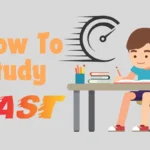
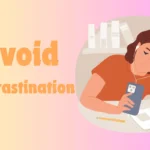

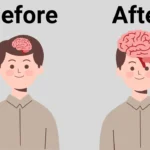






One Response
Nice! VERY INFORMATIVE